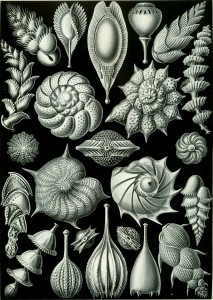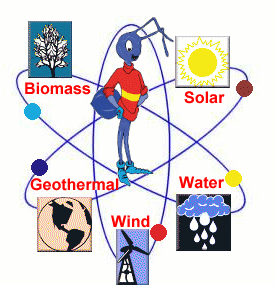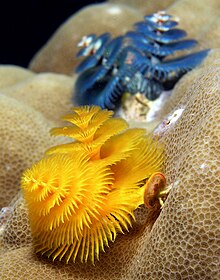
PhD Life: Millie
This week we are sharing a little about life as a PhD student at NOCS, so here is a run down of a typical day for me! Feel free to ask me questions!
Most days start with a little reading over some coffee, a large part of the first year involves getting to grips with the science, and getting to know the material. I try to read for a good hour or so before I head into work, then make some notes and follow up on the references.
Continue reading →





